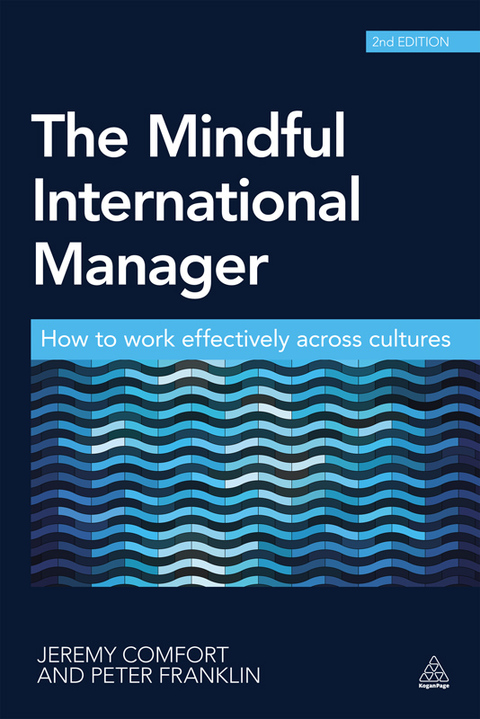Description
Efnisyfirlit
- Cover
- Praise01
- Praise02
- Title Page
- Imprint
- Contents
- Acknowledgements
- Foreword by Craig Storti
- Introduction
- 01 Managing internationally
- Core competence
- Surfacing expectations
- Understanding your own cultures
- Profiling your own cultures
- Best practice: Focused on goals, flexible on approaches
- Case study 1: Nora Lundquist
- 02 Cultures
- Competing values?
- Power and status in national and organizational cultures
- Time in national and organizational cultures
- Communication style in national and organizational cultures
- Individualism and group-orientation in national and organizational cultures
- Performance orientation in national and organizational cultures
- Taking the outsider’s perspective on your own culture
- Profiling other cultures
- Best practice: Building a common culture
- 03 Individuals
- Stereotypes
- Personality and behaviour – at work and at home
- Personality
- Connecting the individual and culture
- Personality and your international profile combined
- Best practice: Get to know your colleagues
- Best practice: The role of leadership
- Case study 2: Laurence Berger
- 04 Situations
- Situations
- Situational judgement
- Culture, personality and situation
- Shared values and decision-making skills
- Scenarios
- 05 Direction
- The relationship between setting direction and uncertainty
- Direction and vision
- Results and relationships
- Communication styles
- Communicating direction: Big picture or detail? Push or pull?
- Long- and short-term orientation
- Past, present and future
- Best practice: Top-down or bottom-up or something else?
- Case study 3: Phil Carey
- 06 Organization and change
- Attitudes towards change
- Making change happen
- Changing organizational structure
- Change and cross-cultural mergers and acquisitions
- Working in international projects
- Working without a leader
- Best practice: The four Ps
- Case study 4: Pierre Menton
- 07 Roles
- Management roles and styles
- Supportive and directive styles
- International roles and local roles
- The role of the expert and the role of the manager
- The role of the influencer
- The role of the connector
- The role of the facilitator
- Best practice: Defining roles
- Case study 5: Sun Mei Ling
- 08 Support
- Why support is so important
- Ways of developing yourself
- Ways of supporting your colleagues
- Ways of developing your team
- Case study 6: Nguyen Binh
- 09 Feedback
- Formal and informal feedback
- Culture and feedback
- Face and feedback
- Personality and feedback
- Building a feedback culture
- Types of feedback
- Best practice: Balancing transparency and harmony
- Case study 7: Claudia Borges
- 10 Representing
- The importance of representing
- The skills of representing
- Factors that influence representing
- Representing internationally
- Tuning into body language
- Representing through socializing and building relationships
- Best practice: Representing yourself, your team, your company
- Case study 8: Talal Hamieh
- 11 Conflict
- Causes of conflict
- Attitudes towards conflict
- Culturally influenced attitudes towards conflict
- Preventing conflict through effective and appropriate communication
- Preventing conflict through understanding the context
- Resolving conflicts: Some options
- Best practice: Yourself, the others and trust
- Case study 9: Gisela Schaefer
- 12 Cooperation
- The basis for cooperation
- Regulating cooperation
- Building a common culture to leverage diversity
- Best practice: Cooperating in virtual teams
- Best practice: Cooperating in international teams
- Case study 10: Bracken International
- 13 Leading
- Managers and leaders – managing and leading
- Power as the basis for leadership
- The heart of leadership
- ‘Doing’ leadership
- Being a leader
- How leadership may differ from culture to culture
- What leaders have in common across cultures
- Case study 11: Leila Mehmet
- Case study answers
- Situational judgement commentaries
- Profiles of the managers quoted
- Glossary
- References
- Index
- Full imprint






Reviews
There are no reviews yet.